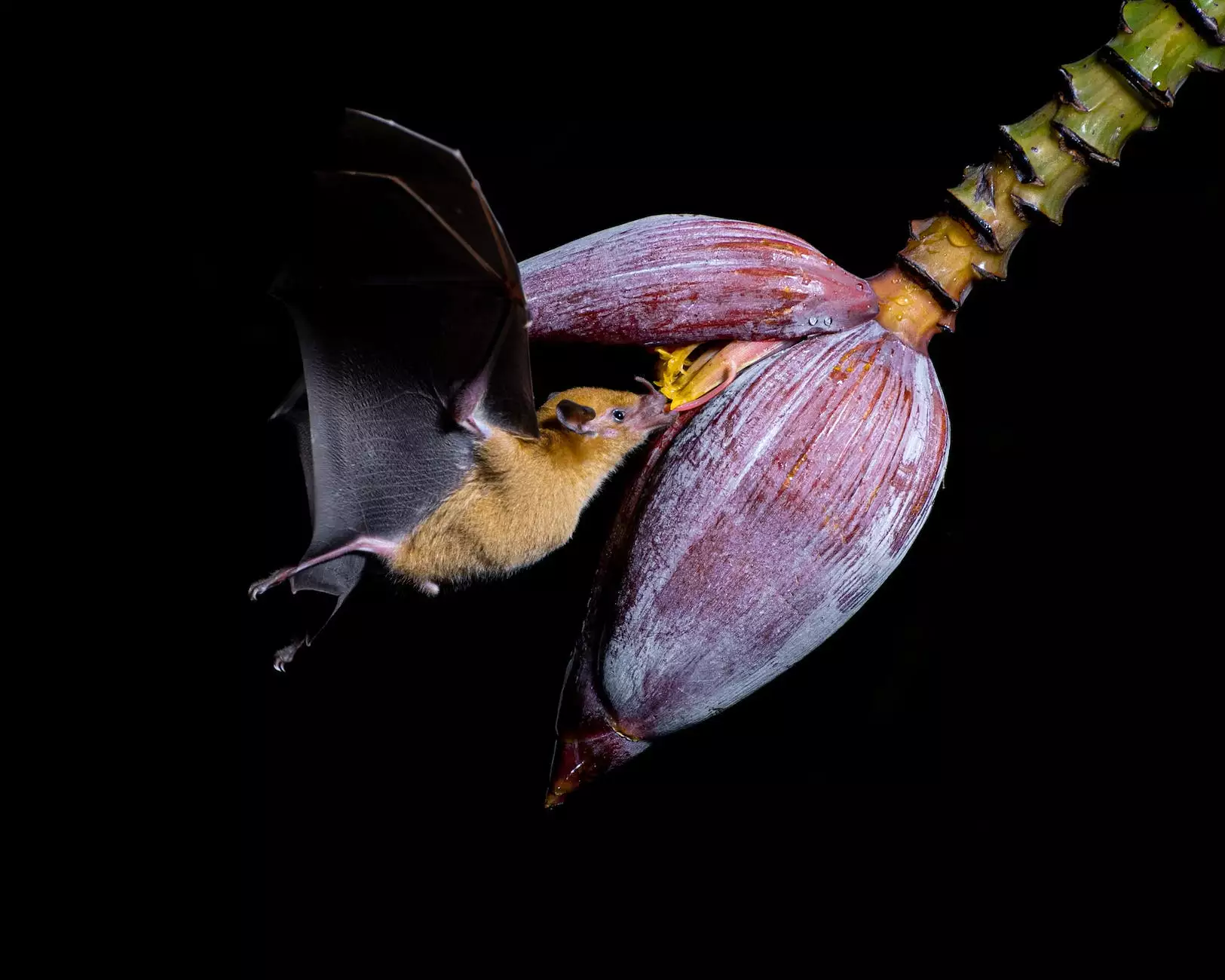Nature Boost Friday: All About Bats with Katie Smith
Articles
Introduction
Welcome to Marjorie Cowley's Nature Boost Friday, where we explore various aspects of nature's wonders. In this episode, we dive deep into the intriguing world of bats with our expert, Katie Smith.
The Importance of Bats
Bats are often misunderstood creatures. They play a crucial role in maintaining the balance of nature's ecosystem. As natural pest controllers, bats help control populations of insects such as mosquitoes and agricultural pests, reducing the need for chemical pesticides.
Beyond their pest control services, bats also contribute to the pollination of various plants, including fruits like bananas and mangoes. Their role in seed dispersal is equally significant, aiding in forest regeneration and ecological succession.
Bat Behavior and Adaptations
Bats have a unique set of behaviors and adaptations that make them fascinating creatures. They are the only mammals capable of sustained flight, thanks to their modified forelimbs forming wings. These wings, made of thin skin stretched between elongated finger bones, allow bats to maneuver with exceptional agility.
Echolocation is another incredible adaptation that sets bats apart. By emitting high-pitched sounds and analyzing the echoes that bounce off objects, bats can navigate and locate prey in complete darkness. This extraordinary sensory ability enables them to hunt insects at night with remarkable accuracy.
Bat Habitats
Bats can be found in a wide range of habitats worldwide, including forests, deserts, and even urban areas. However, they tend to prefer roosting in natural structures like caves, tree hollows, and rock crevices. Some species also utilize man-made structures such as buildings and bridges as their roosting sites.
Types of Bats
Diversity is abundant within the bat family, with over 1,400 species known globally. They are categorized into two main groups: megabats (fruit bats) and microbats. Megabats primarily consume fruit, nectar, or pollen, while microbats are insectivorous, feeding on various types of insects.
Within these two categories, there are countless fascinating species, each with its own unique characteristics, behaviors, and habitats. From the large flying foxes to the tiny bumblebee bats, the bat kingdom is full of diversity and wonder.
Bat Conservation
Despite their importance, bats face numerous challenges and are often victims of misunderstanding and persecution. Loss of habitat, disturbances to roosting sites, and the spread of diseases like White-nose Syndrome are significant threats to bat populations.
It is crucial to raise awareness about the benefits of bats and promote conservation efforts to ensure their survival. By protecting their habitats, providing artificial roosting options, and educating communities, we can actively contribute to preserving these remarkable creatures for future generations.
Conclusion
Thank you for joining us on Nature Boost Friday: All About Bats with Katie Smith. We hope this exploration has deepened your appreciation for these incredible creatures and their vital role in our environment. Remember, bats are unique and valuable contributors to our world, and it is our responsibility to protect and respect them.




